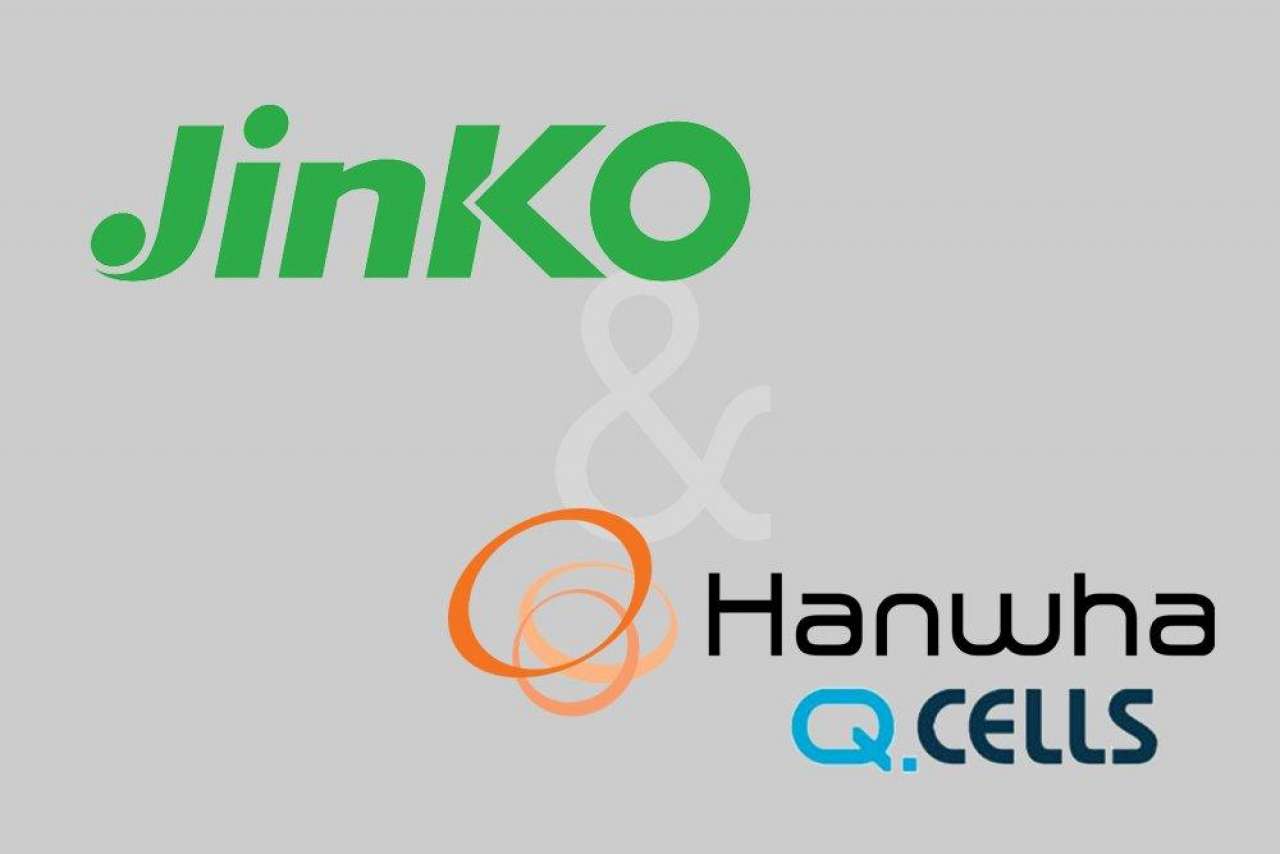Solar panel head-to-head: Jinko versus Q-Cellse
Posted on 01 June 2018
Solar panels are one of the leading sources of renewable energy in Australia, and more homes and businesses are running on solar power every day. But not all solar panels are made equal. Different types of solar cells vary in their efficiency, size and manufacturing quality. According to choice.com.au, two of the most efficient and consistently performing solar cells are the Jinko JKM250P-60-A cells and the Q-Cells Q.PRO-G3 255, with overall scores of 91% and 84% respectively. These scores were calculated according to their efficiency and performance in real world and laboratory conditions.
Why quality matters
Higher efficiency solar panels allow you to harvest more solar energy with a smaller number of panels, or more energy with the same number of panels. Various manufacturing techniques are used to improve efficiency, including optimisation of electrical components and increased sunlight absorbance by the panel.
With time, all solar panels degrade and gradually harvest less energy, so the higher the quality of your panel the slower it will lose performance. Higher quality panels can also withstand higher wind speeds and snow loads, and often stand up better against heat and moisture.
Jinko Cells
The Jinko cells were the highest scoring of the 15 cells tested, with a nominal power output of 250 W. Even after 12 months of outdoor operation this only dropped to 238.4 W. With a 25 year warranty and specialised technology designed to reduce or eliminate potential induced degradation over time, these high-quality panels will see you through many years of clean renewable energy production.
These panels are certified to withstand wind and snow loads of up to 2,400 and 5,400 Pascal respectively, and are designed to operate in high salt mist and ammonia environments. They are designed to provide constant levels of power even in extremes of temperatures, and advanced glass manufacturing allows increased performance in low light conditions. With a high operational efficiency of 15.6%, these panels are some of the best on the market.
Q-Cell
The Q-Cell Q Pro-G3 is a new European designed and manufactured solar panel that performs well in even the least optimal conditions, be it low light or extreme temperatures. Designed to maintain their energy yield even after years of operation, Q-Cells are made with anti-PID technology, reducing loss in efficiency due to humidity heat or voltage. Strict testing programs ensure that all Q-Cell panels are more stable over long periods, and are less likely to short circuit thanks to welded cables and breathable junction boxes.
Solar energy harvest is also improved by 50% by the advanced Sol-Gel roller process used to coat the panel with an anti-reflective coating that also prevents long-term corrosion. Despite having a slightly lower efficiency of 15%, Q-Cell panels pull ahead of the Jinko cells in other areas. Thanks to a lightweight quality frame, Q-Cell panels remain stable at wind loads of up to 5400 Pa, despite only weighing in at 19kg per panel. The slim frame design also cuts logistical costs by up to 29%.

Which panel’s right for me?
Both Jinko and Q-Cell solar panels are high-quality panels with high efficiency ratings and 25 year linear warranties. At $209 and $215 per panel respectively, both panels are similar in price and value. Where the Jinko panel excels is in the slightly higher efficiency rating of 15.6% along with an increased maintenance in energy yield over time.
Q-Cell panels, on the other hand, offer benefits in their lightweight construction. Lighter panels reduce shipping costs, especially for large numbers of panels or across long distances. The strong lightweight frame of Q-Cell panels also allows use in high wind environments, or on less reinforced roofs.
Whatever panel you choose, make sure you buy quality and you’ll have plenty of clean energy for years to come.


